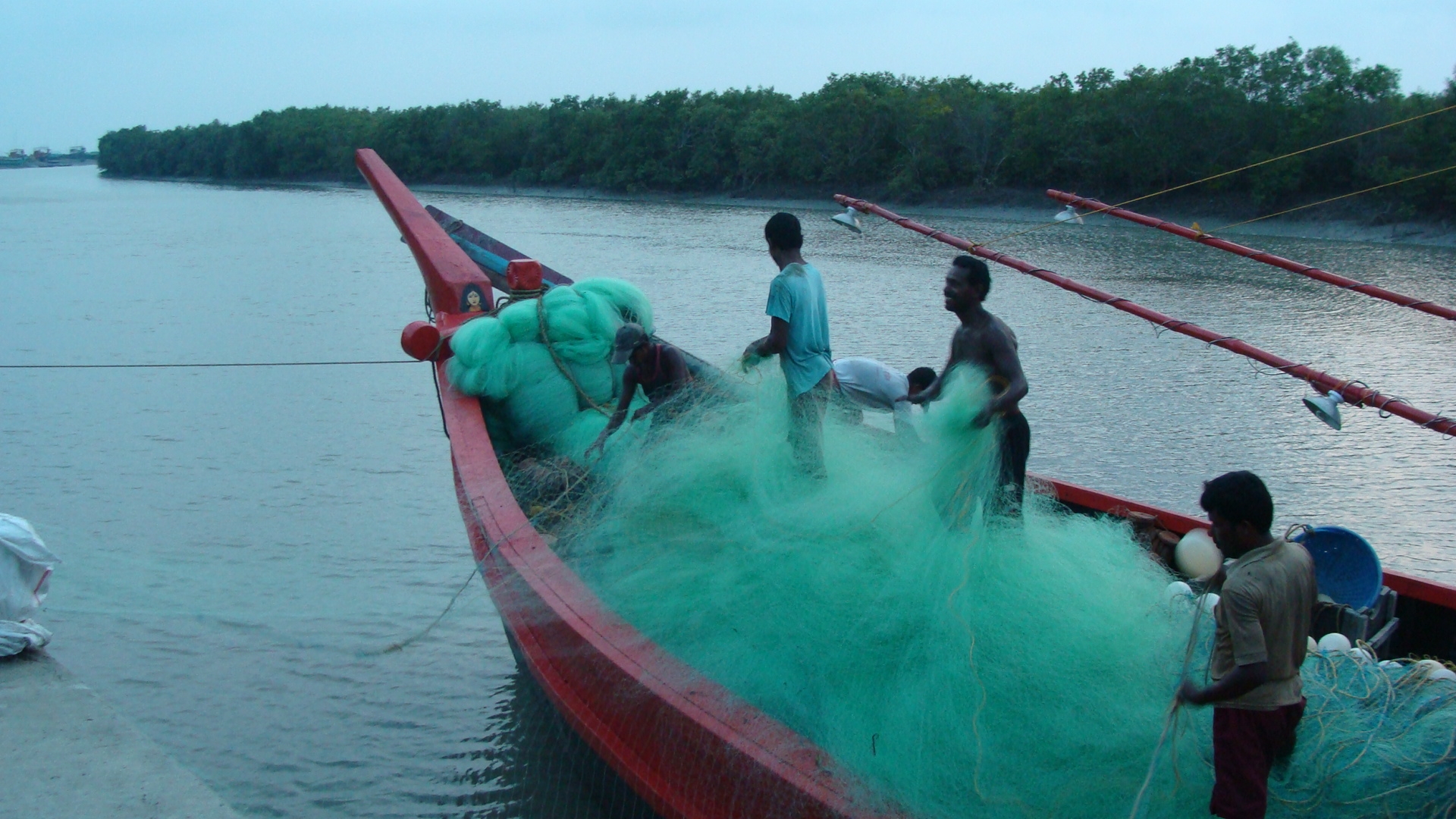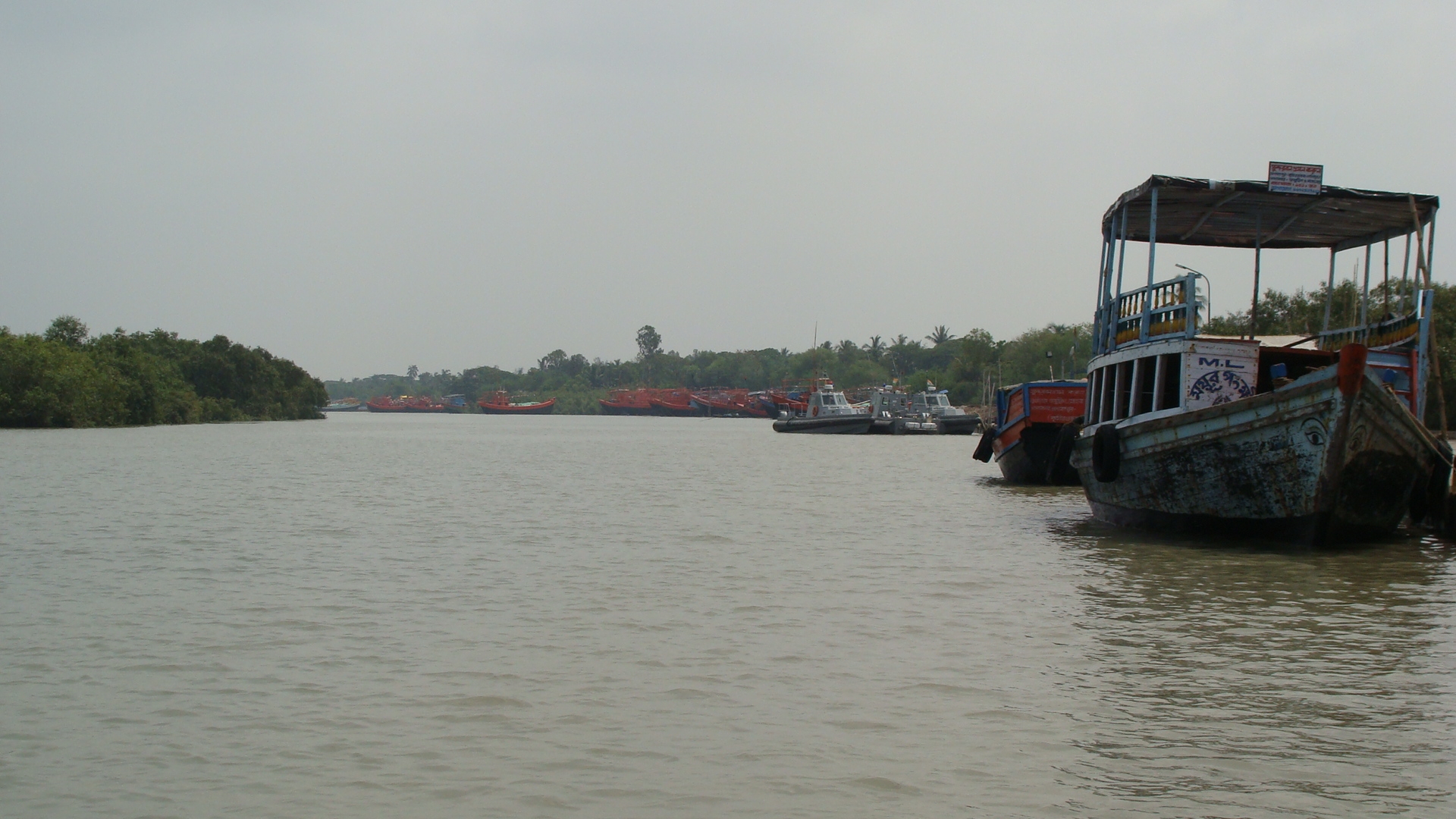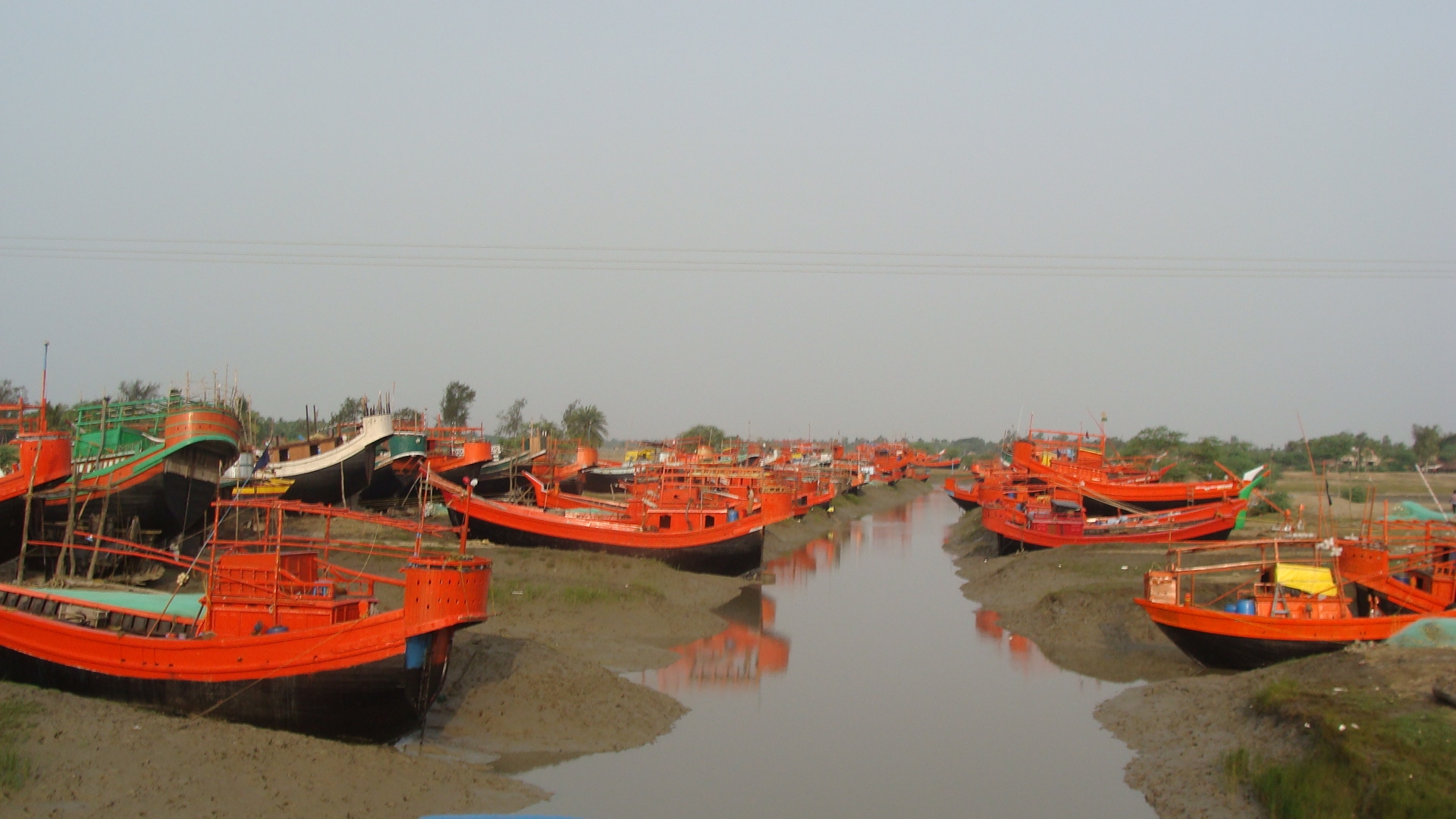By Debojyoti Das
My preliminary field visit to the Sundarbans in May 2012 was challenged by the roasting heat and by tidal waves. I was warned of the turbulent waters by Mr. Ajit Sarkar, director of Help Tourism who had visited the islands recently. On my trip, he introduced me to Bali Island, adopted by Help Tourism as a model village.
Before travelling to the Sundarbans, I also met a group of people who have been trying hard to save the Sundarban tigers and the region’s flora and fauna. The group of experts included conservationists, ecologists and marine biologists, and between them had worked for international NGOs—WWF and IUCN. Others were local academics. Scientific experts were involved in studying the consequences of sea level rise and saltwater intrusion in the area.
 I had fruitful discussions with Dr. Anurag Danda who worked for WWF India and had recently authored the report Indian Sundarban Delta 2050: A vision. He was well acquainted with the Sundarbans, having done his PhD on the ecology of the region. He showed me numerous policy documents prepared by their organization. The WWF’s vision was to protect tigers and to reduce human-animal conflict.
I had fruitful discussions with Dr. Anurag Danda who worked for WWF India and had recently authored the report Indian Sundarban Delta 2050: A vision. He was well acquainted with the Sundarbans, having done his PhD on the ecology of the region. He showed me numerous policy documents prepared by their organization. The WWF’s vision was to protect tigers and to reduce human-animal conflict.
He showed me the project proposals prepared by WWF for the policy planners. Among the plans prepared by WWF was a pilot model to resettle Sundarban fisherfolk, honey-gatherers and woodcutters in high-rise modern flats, detached from their natural world. When this model was shared with the villagers in Sundarbans, they rejected the plan. Anurag was quick to point the causes of such rejection. He cited people’s low levels of confidence in government rehabilitation programmes, based on prior experience; but also their inability to bridge the gap between the bon- “forest” and the urban space.
In this and many other ways, the Sundarbans is a “coastal frontier,” and as the project develops, we will examine the tensions between conservation and livelihoods, the implications of changing coastal ecologies on the lives of local people, and the policy debates that have emerged at the intersection of environmental, social and political concerns.


